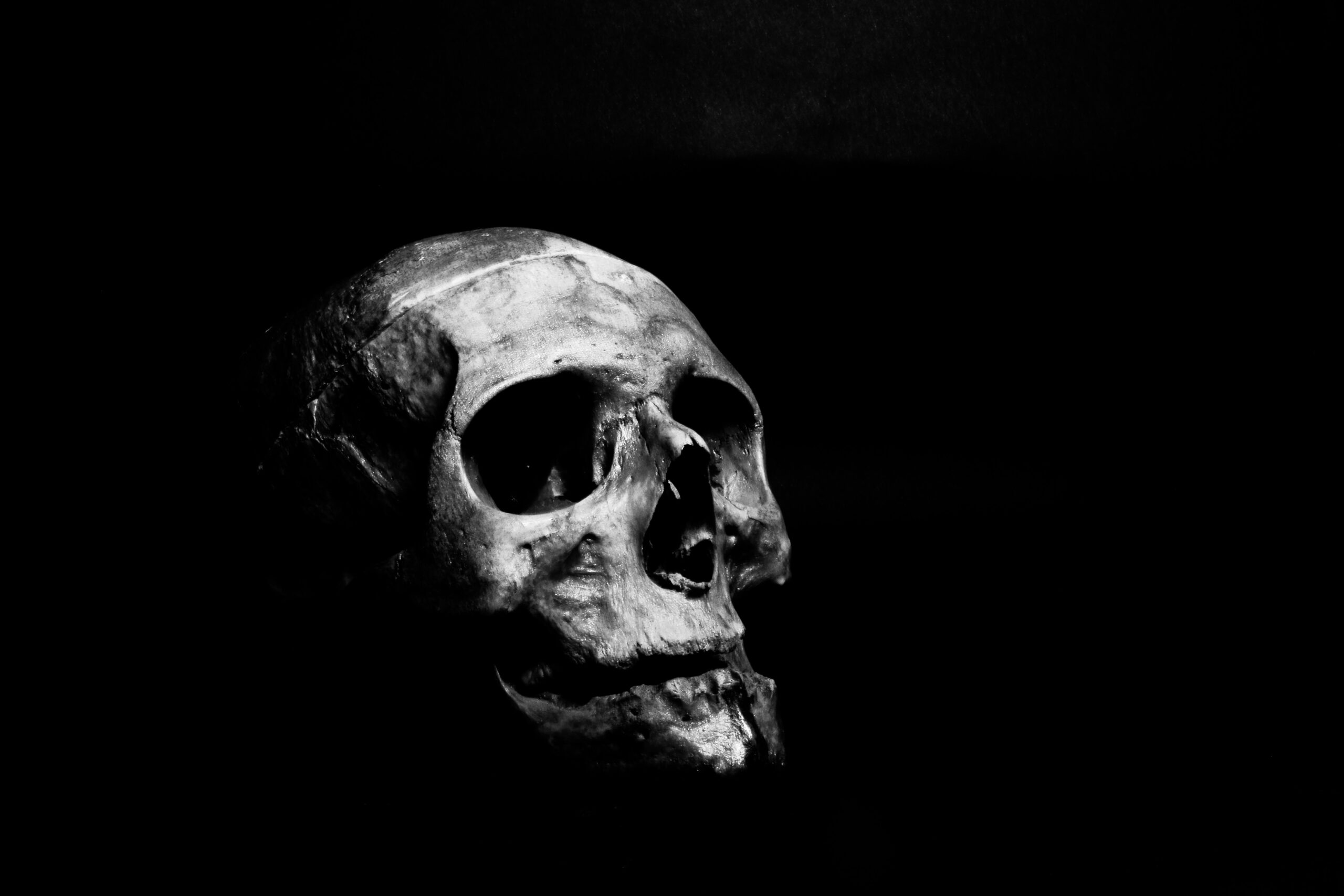Every time I tell someone I write horror, I feel compelled to add “but not like slasher horror.” Often I find it easiest to describe what something is not as a means of paring down to the thing’s essence. Why I feel the need to justify my writing as “not slasher” or “not too gory” is a subject for another blog post. As is why some horror fans don’t consider certain sub-genres (usually ones light on the gore, like paranormal) to be scary and therefore not even worthy of the term horror. For now, I’m interested in defining this term I’m hearing more and more in horror circles: “new wave horror.” And you guessed it, I’ll start by trying to determine what new wave horror is not. Or to put it another way, what horror looked like before this term appeared.
Like every genre, horror has its beloved tropes. The slasher, for instance, relies on the dichotomy between depraved, relentless killer and innocent, resilient victim. Recently, I’ve enjoyed reading books that play with these traditions and cliches in very self-aware ways, like Grady Hendrix’s “Final Girl Support Group” and Stephen Graham Jones’s “My Heart is a Chainsaw.” One definition of new wave horror might be exactly this—a subversive approach to genre standards. This includes techniques like recasting villains and heroes, incorporating folklore from historically marginalized cultures (without appropriating) and exploring narratives from a myriad of identities.
In my research, I came across a few articles and podcasts discussing new wave horror in cinema. The hosts of the podcast “Watch the Film With Us” argue that horror films were suffering from a dull predictability before directors like Jordan Peele pushed the boundaries. Some ways recent horror films are different include more character-driven stories, blending of genres (horror romance, horror family drama), sparse gore, more intangible/complex/nuanced depictions of evil, moral ambiguity and interest in feelings beyond fear alone.
I would argue good horror fiction has been employing most of these tactics since the beginning. Take Mary Shelley’s “Frankenstein,” a blend of science fiction and horror that explores the moral and social implications of playing God. Or Bram Stoker’s “Dracula,” a gothic horror novel that incorporates elements of romance, eroticism and folklore. Stephen King fans and skeptics alike recognize the skillful way he builds recognizable worlds full of ordinary but complex characters before burning everything down. Similarly, in “Mexican Gothic,” Silvia Moreno-Garcia weaves a traditionally gothic story of an isolated young woman (though this one is a socialite as opposed to the typical economically powerless heroine) before introducing supernatural elements. As readers, the more we relate to these stories the more potential they possess to scare us. The safe distance between their world and ours begins to shrink.
Whether new wave horror is truly something revolutionary or rather a variation on long-standing techniques, one thing I will say for certain: spooky fans have more choices than ever before. If we are indeed living in a Horror Renaissance, what better time to try something scary in your own writing? You might like it.
For more on this topic, you can register for a free virtual event entitled “Oh, the Horror!” presented by the Women’s National Book Association and moderated by yours truly.


And horror bleed into other genres too.
A suspense thriller I’m writing overlaps with psychological horror. Also done before. Silence of the Lambs is a good example.
Hey, this is great to know! Maybe I will dip my piggy-toes into reading “new wave horror” now, because while I can’t handle slasher horror, this character-driven stuff sounds intriguing!